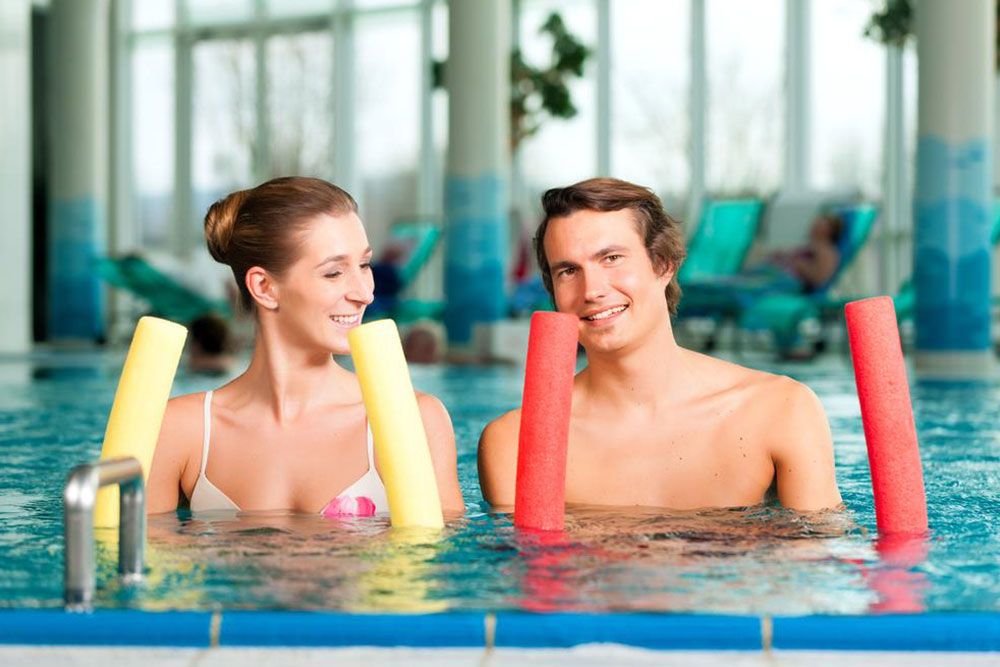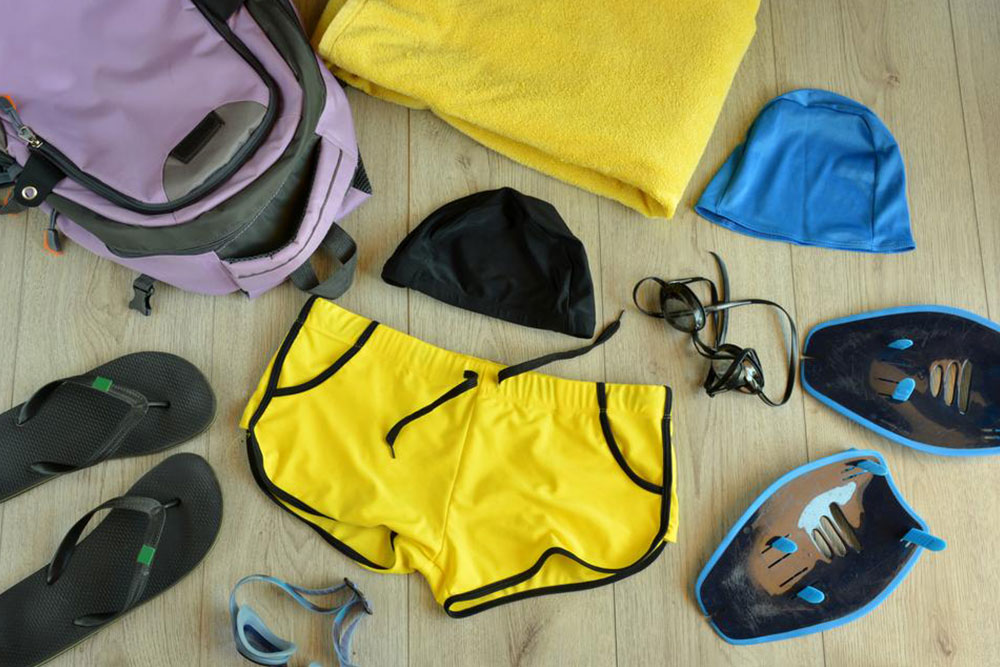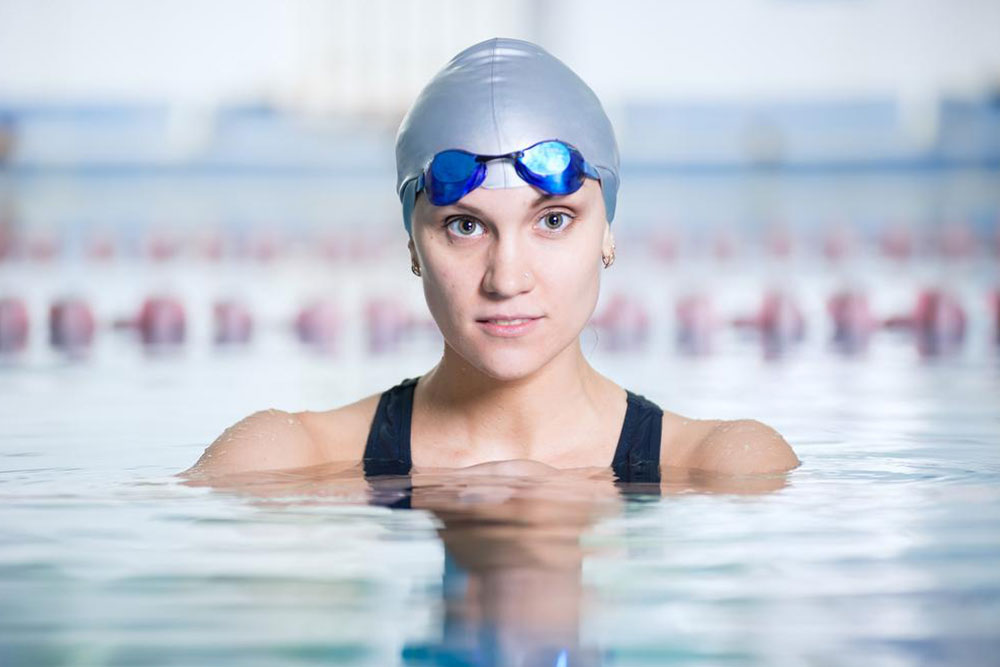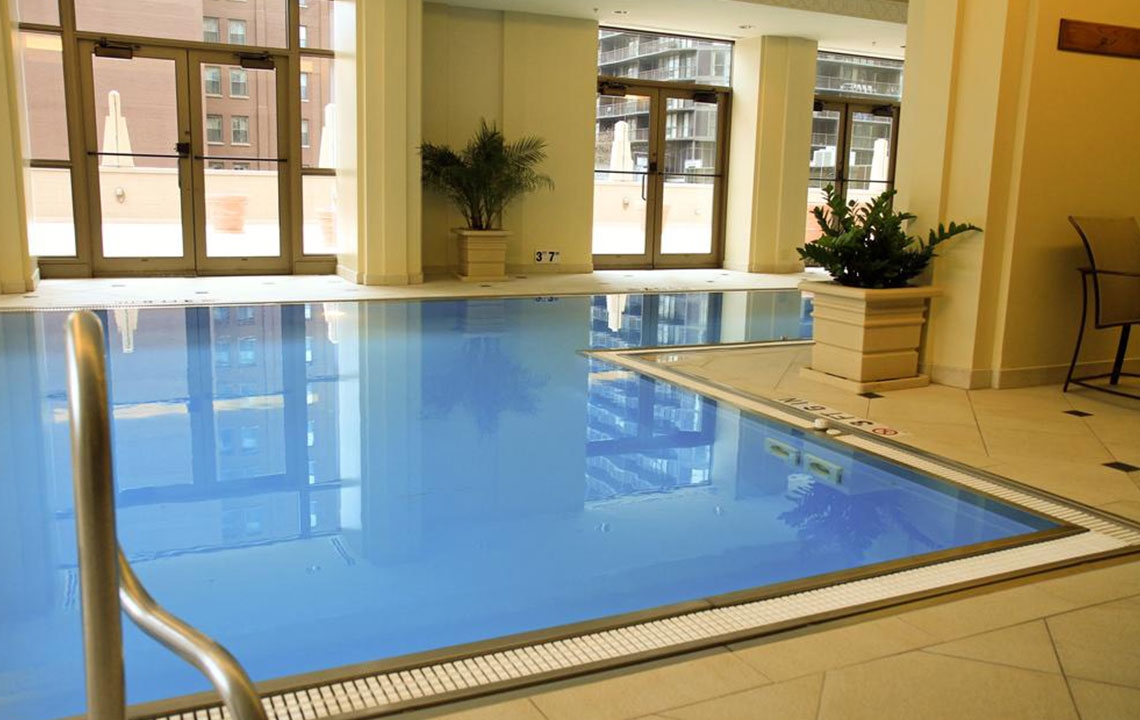Inclusive Swimming Strategies for Visually Impaired Individuals
Discover effective swimming techniques tailored for visually impaired individuals. Learn about tactile cues, auditory signals, and safety tips to help swimmers navigate confidently and enjoy the health benefits of aquatic activities. Whether in pools or open water, inclusive methods promote confidence and fitness for all. Enjoy swimming regardless of visual ability with these expert strategies.
Sponsored

Effective Swimming Techniques for Visually Impaired Athletes
Swimming is a universally loved activity that offers numerous health advantages. It’s also a skill that stays with you for life once learned. While many recognize its benefits, fewer realize that swimming is especially beneficial for those with visual impairments.
The main concern for individuals with limited or no sight is safety, but many techniques can help them swim confidently. For example, counting strokes to gauge distance, using tactile cues like ropes and markers, and employing auditory signals can improve navigation and safety in the water.
Assistive tools such as tactile buoys and sound devices provide vital guidance. In competitive swimming, tappers—assistants who tap the swimmer with a foam pole near turns or the pool's end—are commonly used. Open water swimming is also possible with a group or a sighted partner, utilizing sound cues to navigate.
Engaging in aquatic activities regardless of visual ability can boost confidence, motivation, and self-esteem. Swimming is a rewarding activity that promotes physical health and mental well-being. It is accessible to people of all ages and skills, and with simple adaptations, visually impaired individuals can fully enjoy the benefits of this invigorating sport.





